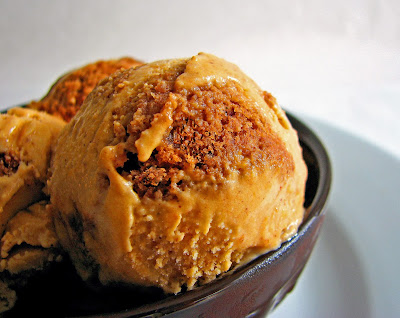
In the wonderful realm of fruit and cheese combinations, it's back to the basics. It doesn’t get any more fundamental than pairing the wonders of Membrillo and Manchego from Spain.
Membrillo is a sweet paste made from cooking and caramelizing fresh quince. There is so much natural pectin in quince that it forms a thick paste when it is combined with sugar and cooked slowly over low heat. Membrillo takes a bit of time to prepare, but it keeps well for quite a long time. It also makes a great gift for your cheese loving friends.
Manchego is probably the most famous cheese from Spain and readily available just about anywhere. It’s made from sheep’s milk and has a firm, crumbly texture and an ivory color with a flavor that is piquant, buttery, salty and nutty. It’s made on the plain of La Mancha, sharing territory with our fictional Don Quixote. It’s sold at various stages of aging: fresh, known as Manchego fresco; moderately aged, known as Manchego curado; and Manchego viejo, aged up to a year. The rind always bears the characteristic basket weave pattern.
In some regions, the combination of Manchego cheese and Membrillo paste is known as Romeo and Juliet. It’s a wonderful exercise for the imagination to entertain the origin of this application with each fabulous bite. In this case, I’ve added a pinch of sel gris and chili powder to pique the flavors and take this storied couple out of Shakespeare’s quaint countryside and into the spicy mystery of Iberia.

Bench notes:
- Membrillo also goes very well with lots and lots of other cheese, such as chèvre, Garrotxa or Parmigiano-Reggiano.
- Raw quince are quite hard, so be careful when peeling and cutting into them. Use a very sharp chef’s knife and a non-slip work surface and watch your fingers. I find it easier to core if they are first cut in quarters.
- If you don’t have a scale, you can use volume measurements to roughly determine the right amount of sugar.
- If you love quince, you might also enjoy Goat Cheese Flan with Poached Quince or Quince Pound Cake.

Membrillo
4 – 5 fresh quince
juice of 1 1/2 lemons
equal weight or volume of sugar to pureed quince
salt to taste
To poach the quince, put enough water to cover the quince in a large pot and add the juice of one lemon. As you peel and core each quince, cut them into quarters and place them in the lemon water to keep the oxidation at a minimum. Bring the quince and lemon water to a boil. Reduce heat and simmer until the quince are tender and easily pierced with a fork, about a half hour or so. Drain completely and cool a bit, then puree the cooked quince in a food processor.
Prepare an 8” square pan with enough parchment for a short overhang on two sides.
Weigh the quince puree and add nearly the same amount of sugar. I had 780 grams of puree and added 700 grams of sugar. Add the juice a half lemon and a pinch of salt and stir the mixture to combine.
Cook the quince puree over medium low heat, stirring the whole pot routinely to prevent scorching. The mixture will bubble and thicken and caramelize, becoming thicker as the steam evaporates and darker as the mixture reduces and the flavor intensifies. Cook for about an hour or so, until you have a very deep bronzy orange color. Take off the heat and taste for additional salt.
Pour the quince paste into the prepared pan and let cool and set up. Membrillo can be stored for quite a long time. I wrap mine in parchment, then tightly in foil and keep in the refrigerator. Serve with your favorite cheese, Serrano ham, toasted nuts and a nice Cava or some delicious Albariño or Rioja.












